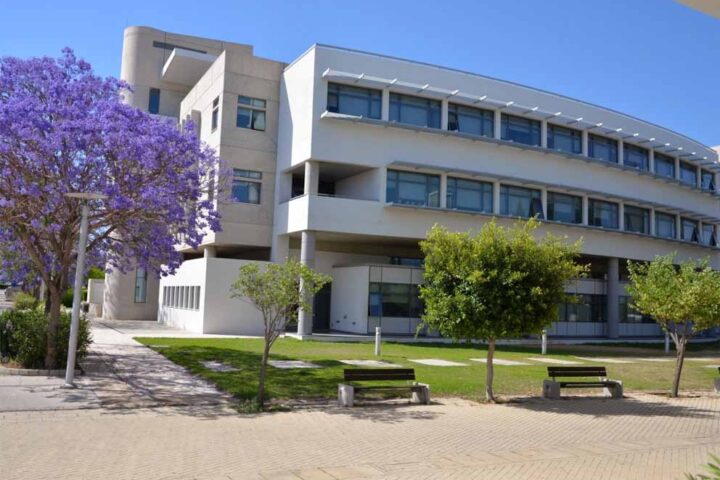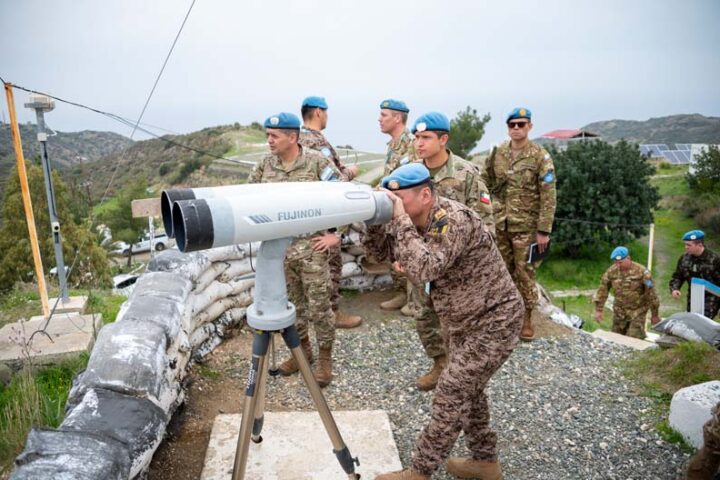 A newly discovered asteroid about half the size of a football field will pass nearer to Earth than any other known object of its size on Friday, giving scientists a rare opportunity for close-up observations without launching a probe.
A newly discovered asteroid about half the size of a football field will pass nearer to Earth than any other known object of its size on Friday, giving scientists a rare opportunity for close-up observations without launching a probe.
At its closest approach, which will occur at 2:24 p.m. EST/1924 GMT, the asteroid will pass about 17,200 miles (27,520 km) above the planet traveling at 8 miles (13 km) per second, bringing it nearer than the networks of television and weather satellites that ring the planet.
Although Asteroid 2012 DA14 is the largest known object of its size to pass this close, scientists say there is no chance of an impact, this week or in the foreseeable future.
Currently, DA14 matches Earth's year-long orbit around the sun, but after Friday's encounter its flight path will change, said astronomer Donald Yeomans, with NASA's Jet Propulsion Laboratory in Pasadena, California.
"The close approach will perturb its orbit so that actually instead of having an orbital period of one year, it'll lose a couple of months," Yeomans said. "The Earth is going to put this one in an orbit that is considerably safer," he said.
The non-profit Space Data Association, which tracks satellites for potential collisions, analyzed the asteroid's projected path and determined no spacecraft would be in its way.
"There is no reason to believe that this asteroid poses a threat to any satellites in Earth orbit," Space Data operations manager T.S. Kelso said in a statement.
For scientists, DA14 presents a rare, albeit short, opportunity to study an asteroid close-up. In addition to trying to determine what minerals it contains, which is of potential commercial interest as well as scientific, astronomers want to learn more about the asteroid's spin rate. The information not only will be useful to plotting DA14's future visits but could help engineers develop techniques to thwart more threatening asteroids.
Even in areas that will be dark during DA14's pass by Earth, the asteroid is too dim to be spotted without a telescope or binoculars. NASA plans a half-hour broadcast beginning at 2 p.m. EST/1900 GMT on NASA Television and on its website which will include near real-time views of the asteroid from observatories in Australia, weather permitting.
The space camera, Slooh.com, will incorporate several live feeds, including views from the Canary Islands off the coast of Africa, in a webcast beginning Friday at 9 p.m. EST/0200 GMT.
150 hurt as meteorite hits central Russia
A meteorite shot across the sky in central Russia early on Friday and sent fireballs crashing to Earth, smashing windows, setting off car alarms and injuring 150 people.
Residents heard what sounded like an explosion, saw a bright light and then felt a shockwave as they went to work in Chelyabinsk, according to a Reuters correspondent in the industrial city 1,500 km (950 miles) east of Moscow.
The meteorite then raced across the horizon, leaving a long trail of white smoke in its wake which could be seen as far as 200 km (125 miles) away in Yekaterinburg. Car alarms went off, windows shattered and mobile phones worked only intermittently.
"I was driving to work, it was quite dark, but it suddenly became as bright as if it was day," said Viktor Prokofiev, a 36-year-old resident of Yekaterinburg in the Urals Mountains.
"I felt like I was blinded by headlights," he said.
No fatalities were reported but President Vladimir Putin, who was due to host Finance Ministry officials from the Group of 20 nations in Moscow, and Prime Minister Dmitry Medvedev were quickly informed.
The Emergencies Ministry said 150 people had been hurt, mainly by flying glass.
A local ministry official said the meteor shower may have been connected with an asteroid the size of an Olympic swimming pool that was due to pass Earth at a distance of 27,520 km (17,100 miles) but this could not be confirmed.
Windows were shattered on Chelyabinsk's central Lenin Street and some of the frames of shop fronts buckled.
A loud noise, resembling an explosion, rang out at around 9:20 a.m. (0520 GMT). The shockwave could be felt in apartment buildings in the industrial city's centre.
"I was standing at a bus stop, seeing off my girlfriend," said Andrei, a local resident who did not give his second name. "Then there was a flash, and I saw a trail of smoke across the sky and felt a shockwave that smashed windows."
A wall was damaged at the nearby Chelyabinsk Zinc Plant but there was no environmental threat, a plant spokeswoman said.
Such incidents are rare in Russia. A metoerite is thought to have devastated an area of more than 2,000 square km (1,250 miles) in Siberia in 1908, smashing windows as far as 200 km (125 miles) from the point of impact.
The Emergencies Ministry described Friday's events as a "meteor shower in the form of fireballs" and said background radiation levels were normal. It urged residents not to panic.
Chelyabinsk city authorities urged people to stay indoors unless they needed to pick up their children from schools and kindergartens. They said a blast had been heard at an altitude of 10,000 metres (32,800 feet), apparently signalling it occurred when the meteorite entered Earth's atmosphere.
The U.S. space agency NASA has said an asteroid known as 2012 DA14, about 150 feet (46 metres) in diameter, would have an encounter with Earth closer than any asteroid since scientists began routinely monitoring them about 15 years ago.
Television, weather and communications satellites fly about 500 miles (800 km) higher. The moon is 14 times farther away.







